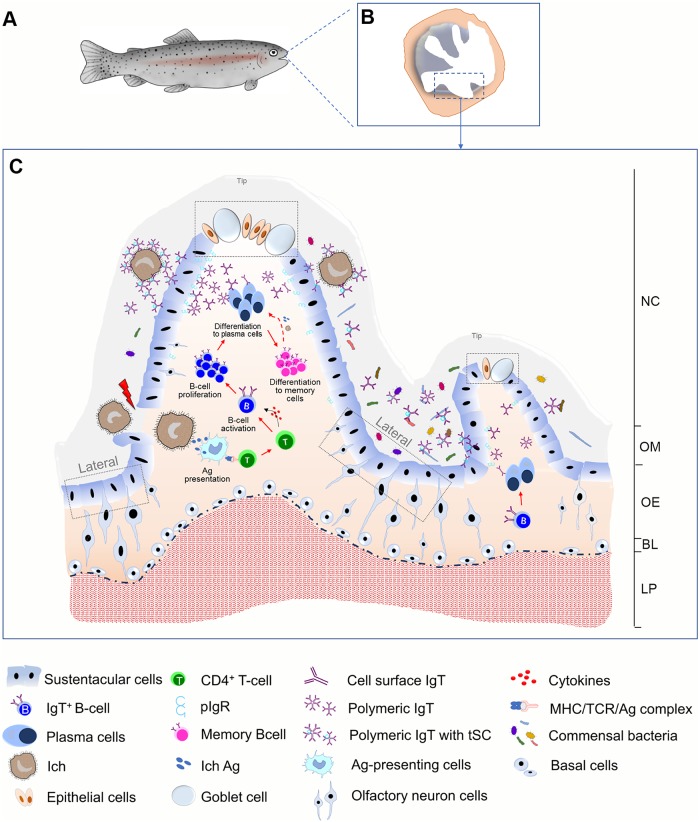Fig 10. Proposed model of local IgT and IgT+ B cell induction in the olfactory organ.
Model images represent a fish (A) and enlarged sections of the areas outlined in a showing the olfactory organ (B). (C) Induction of local IgT responses in the trout olfactory organ based on our findings. When Ich parasite invaded the nasal mucosa, Ich antigen (Ag) are taken up by antigen-presenting cells (APC) and presented to naïve CD4-T cells. Ag-specific CD4-T cells then produced cytokines to activate B cells. Activated B cells start proliferating in olfactory organ and may differentiation to plasma cells to locally produce Ich-specific IgT, which will be transported by pIgR into nasal mucus where can specific binding to the Ich parasite. Alternatively, some IgT+ plasma cells may differentiate into memory IgT+ B cells. When Ich parasite infection happened again in olfactory organ, memory IgT+ B cells directly proliferate and differentiate into plasma cells and produce larger amounts of specific-IgT to binding Ich. The trout olfactory organ showing the mucosal tip area with goblet cells and the lateral neuroepithelium. NC, nasal cavity; OM, olfactory mucus; OE, olfactory epithelium; BL, basal layer; LP, lamina propria.

